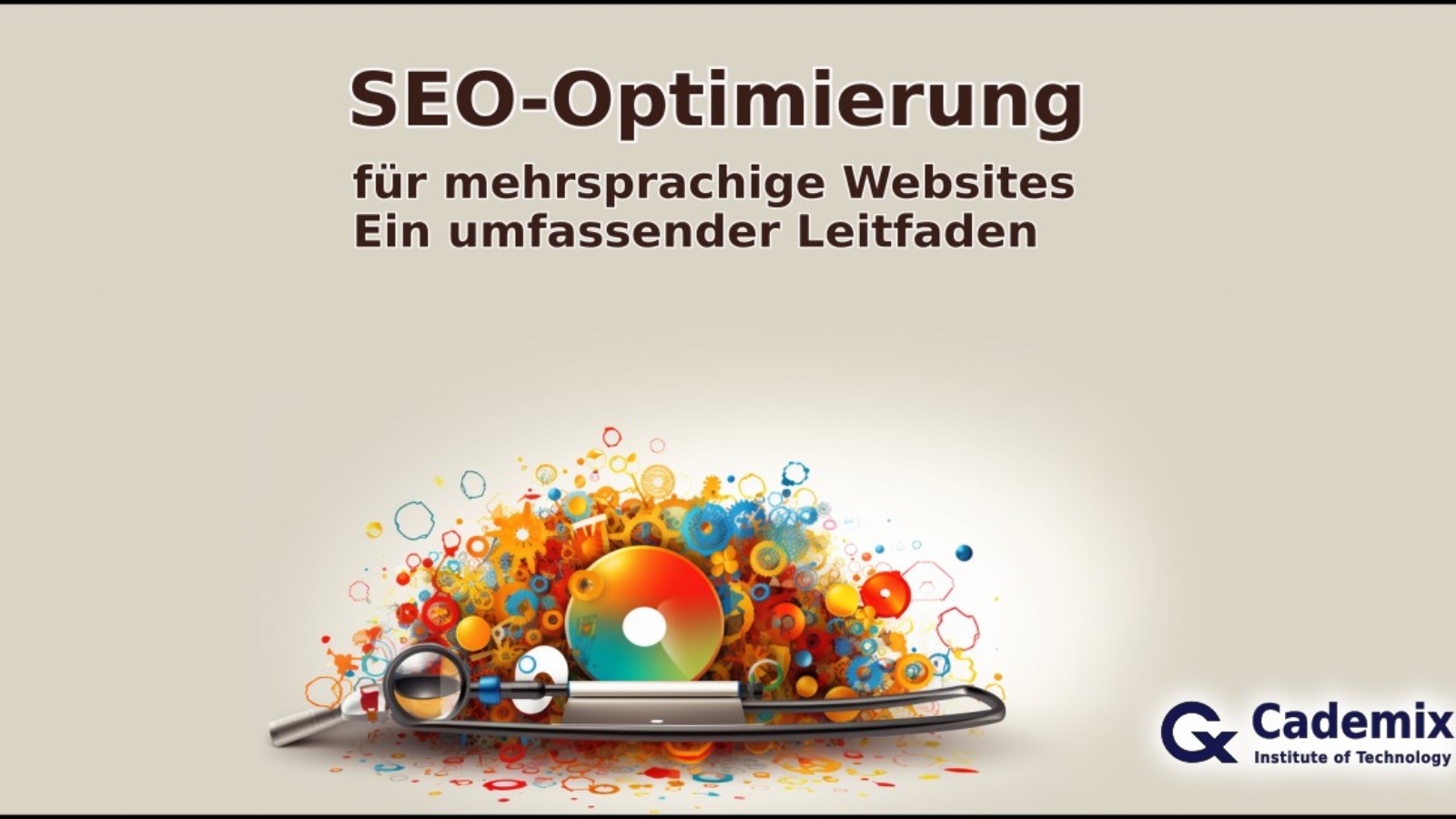Estimated Reading Time: 19 minutes In this study, readers examined the use of the game theory model for opportunistic behavior in auctions. Additionally, the agreement between the project owner (employer) and the contractor and the mathematical range of this agreement were discussed.
Comparative Analysis of Material Platforms for Integrated Quantum Photonic Circuits: Silicon Photonics, III-V, and Emerging Materials
Estimated Reading Time: 11 minutes A critical evaluation of silicon photonics, III-V semiconductors, and emerging materials that illuminates the trade-offs and opportunities shaping integrated quantum photonic circuits.
Comprehensive Guide to Free CV Template Word: How to Find, Download, and Customize Them
Estimated Reading Time: 5 minutes Creating an impressive CV is crucial in the job search process. This comprehensive guide will help you understand how to find, download, and use various free CV template Word to create a professional and compelling curriculum vitae.
The End of Content Labeling? Why the Future of Media Lies in User Interpretation
The decline of content labeling in digital media is reshaping how users engage with online information. Instead of relying on predefined categories such as “satirical,” “educational,” or “opinion-based,” audiences are increasingly responsible for interpreting content on their own. This shift marks a fundamental change in digital responsibility, where media consumers must apply critical thinking to determine credibility and intent. In this article, we explore why content labeling is becoming obsolete, the impact of mixed-content formats, and how businesses, platforms, and users can adapt to this new reality.
Keyphrases: Content Labeling in Digital Media, User-Driven Interpretation, Media Literacy and Critical Thinking
Table of Contents

Introduction
For years, content labeling was the backbone of digital media. Whether it was news, satire, or educational material, labels were used as a way to simplify content consumption. But things have changed. Digital media has evolved, and the way people interact with content is no longer straightforward. Content is now fluid, often blurring the line between fact and entertainment, making traditional labels not only ineffective but sometimes misleading.
People are also consuming media in more fragmented ways than ever before. They rarely engage with full articles or watch entire videos. Instead, they skim headlines, watch short clips, and engage with bite-sized content that is often removed from its original context. This means that any label meant to define a piece of content might not even be noticed, let alone understood in the way it was intended.
The shift isn’t just happening on the user side. Platforms themselves are backing away from labeling policies, either due to legal concerns, algorithmic failures, or the realization that users don’t pay attention to them. Fact-checking tags, warning labels, and even content moderation efforts have been dialed back as platforms adopt a more neutral stance.
The Decline of Content Labeling
There was a time when content labels were considered essential. Platforms and publishers would categorize articles as news, editorial, or entertainment, with the expectation that audiences would use these labels to guide their interpretation. But that system is rapidly falling apart.
One major reason is that content is no longer confined to a single category. A video may contain factual reporting but be presented in an entertaining, opinionated style. A satirical post may reference real events. The distinctions that once seemed clear-cut are now completely blurred. Attempts to label such content often create more confusion than clarity.
Another problem is the sheer volume of content. Platforms like YouTube, Twitter, and Facebook host billions of posts daily. Expecting each one to be accurately labeled is unrealistic, especially when AI-driven moderation systems struggle to make nuanced distinctions. Instead, these platforms are moving toward a more hands-off approach, focusing on providing users with tools to make their own decisions rather than enforcing rigid classification systems.
Then there’s the issue of bias. Content labeling has frequently been accused of reflecting the biases of those implementing it, whether they be journalists, corporate interests, or algorithmic systems. As audiences become more skeptical of authority, trust in these labels has diminished. People no longer want platforms to tell them what to believe; they want to decide for themselves.
The Shift Toward User Interpretation
The erosion of content labeling leaves users with a greater responsibility to evaluate what they consume. While this might seem like a drawback, it actually presents an opportunity for deeper engagement with media. Instead of passively accepting labels, users must now develop critical thinking skills, cross-check sources, and interpret meaning within broader contexts.
Social media has already made this shift apparent. Instead of issuing explicit warnings or labels, platforms are experimenting with features that provide additional context. Twitter, for example, has started prompting users to read articles before retweeting them, subtly encouraging engagement rather than dictating interpretation. Some platforms are introducing community-driven fact-checking initiatives rather than top-down enforcement.
For businesses, this means adapting their approach. Organizations can no longer rely on the safety net of a label to define their content. They must be more transparent in their messaging, ensuring that their intent is clear within the content itself. Engaging with audiences directly, encouraging discussions, and providing context within the material will become essential strategies.
The Business of Media in a Label-Free Environment
Without labels to define content, businesses must rethink how they present information. Transparency is no longer optional—it’s a necessity. Instead of categorizing content as “educational” or “satirical,” companies must build trust through consistency, clarity, and direct audience engagement.
This also changes the way brands and influencers interact with audiences. Instead of relying on external credibility markers, they must establish their own reputations. Authenticity will play a larger role in how audiences assess information. Companies that mislead their viewers, even unintentionally, risk alienating their audiences faster than ever before.
The challenge extends to journalism and traditional media as well. With declining trust in institutions, news outlets must find ways to demonstrate credibility beyond simple labels. This might involve greater transparency in reporting processes, making sources more accessible, or encouraging direct interaction with audiences. The focus must shift from categorization to explanation.
The Future of Digital Media Without Labels
Where does this all lead? Over the next decade, we will likely see a complete overhaul of how digital content is contextualized. Instead of static labels, platforms might rely on dynamic, AI-driven indicators that provide evolving context based on user behavior. Fact-checking might become decentralized, with community-based verification systems similar to Wikipedia’s editorial model.
Media literacy will also take on greater importance. Schools, businesses, and even governments will need to invest in digital literacy programs that teach users how to critically evaluate information. The ability to distinguish between credible sources and misinformation will become a fundamental skill, just like reading and writing.
At the same time, AI will play an increasing role in helping users interpret content. Instead of simply flagging information as “false” or “misleading,” future AI tools may analyze a user’s media consumption habits and provide tailored context. This approach would allow for a more nuanced understanding of information without forcing rigid classifications.
Conclusion
The era of content labeling is coming to an end, but that doesn’t mean chaos—it means adaptation. Users, businesses, and platforms must all adjust to a world where interpretation is a personal responsibility. This shift is not necessarily a loss; rather, it’s an opportunity to cultivate a more thoughtful, engaged audience.
Businesses that recognize this transition early will be in a better position to navigate the evolving landscape. Those who cling to outdated labeling practices may struggle to keep up. The future belongs to those who embrace transparency, encourage critical thinking, and build trust through genuine engagement.
As the media landscape continues to evolve, one thing is clear: the power to define content no longer rests in the hands of platforms or publishers. That power now belongs to the audience.
How do Ion-Selective Electrodes Regulate Diseases? A Comprehensive Review
Estimated Reading Time: 13 minutes This review discusses the increasing application of nanomaterials in ion-selective electrodes for public health, emphasizing their role in healthcare, pharmaceuticals, and the food industry. It addresses the use and challenges of carbon-based nanoparticles in wearable devices for better patient monitoring and preventative healthcare. Additionally, it contrasts these electrodes with traditional medical methods, highlighting their cost efficiency, accessibility, and real-time capabilities. The review also looks forward to the evolution of sensor technology and nanoparticle research, underlining the importance of interdisciplinary collaboration to advance health monitoring by integrating nanomaterials with ion-selective electrodes.
Innovation in Architecture Offices: Enhancing Creativity Through Technology and Environment
Estimated Reading Time: 14 minutes Explore how architecture offices can harness cutting-edge technologies like GIMP and 3D modeling, alongside innovative interior design, to cultivate a creative environment that drives design innovation and modernizes the architectural workspace.
Redefining the New German Experts: From Lifelong Specialization to Cross-Functional Skills
Estimated Reading Time: 13 minutes Interested in working in Germany? Learn how the concept of the “German experts” is changing and what it means for international job seekers. This guide offers practical advice for navigating the German job market, perfect for those looking into job seekers visas or other work abroad opportunities.
Optometry Jobs and Career Opportunities for 2024: A Comprehensive Guide
Estimated Reading Time: 5 minutes Discover optometry jobs. This guide offers an in-depth look at career paths, educational pathways, and employment opportunities as an optometrist.
Biofinity Toric: A Comprehensive Guide to Comfort and Clear Vision for Astigmatism
Estimated Reading Time: 7 minutes Biofinity Toric contact lenses are specifically designed to correct astigmatism while providing exceptional comfort and clear vision. This detailed guide explores the features, benefits, and technology behind Biofinity Toric lenses, as well as tips for proper use and care.
SEO-Optimierung für mehrsprachige Websites: Ein umfassender Leitfaden
Estimated Reading Time: 10 minutes Erschließen Sie das volle Potenzial Ihrer mehrsprachigen Website mit gezielten SEO-Strategien. Dieser Leitfaden beleuchtet die Feinheiten der SEO über mehrere Sprachen und Kulturen hinweg.










